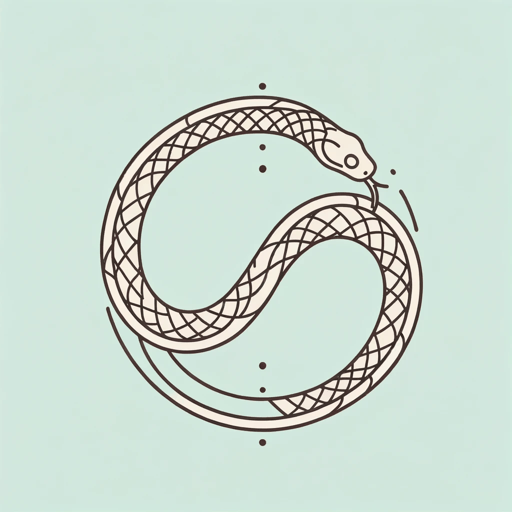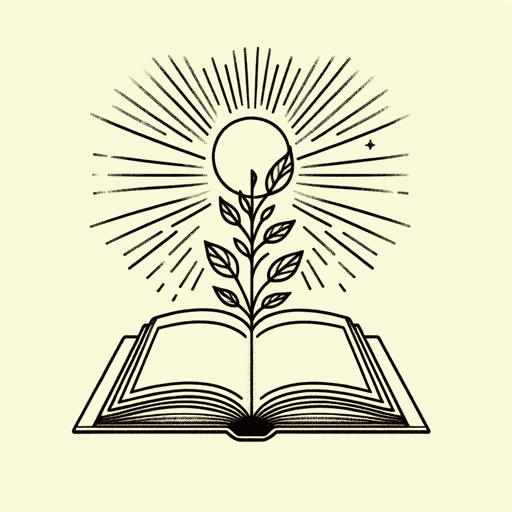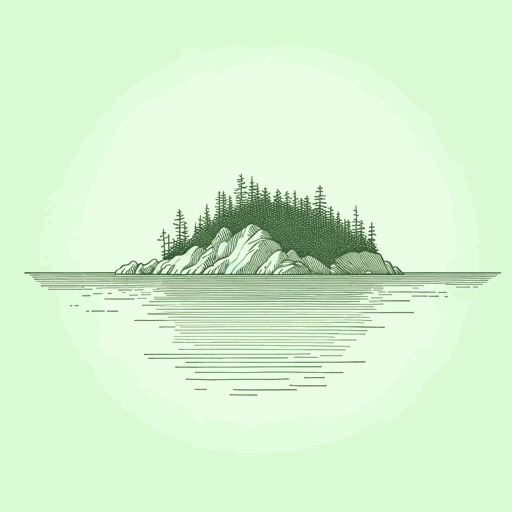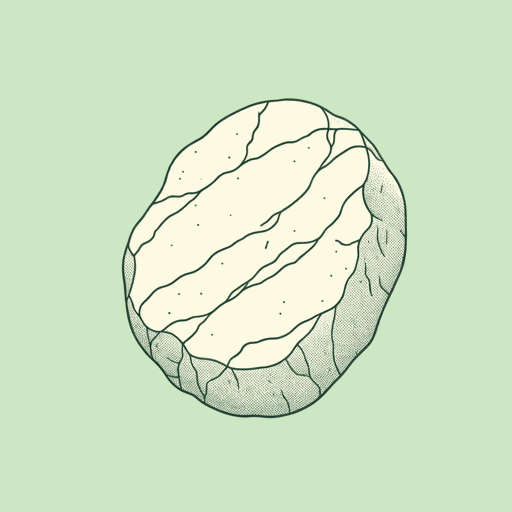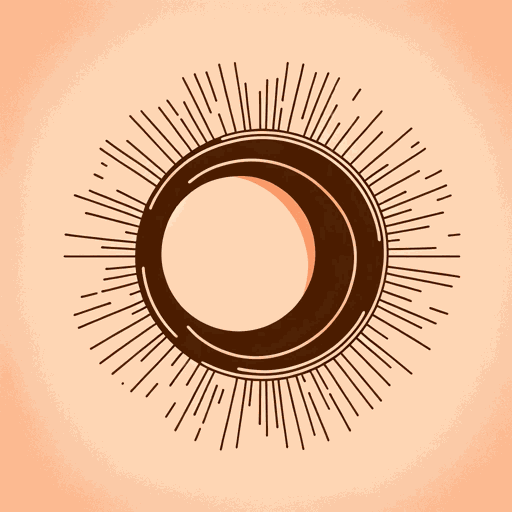42 pages • 1 hour read
Annie DillardPilgrim at Tinker Creek
Nonfiction | Book | Adult | Published in 1974A modern alternative to SparkNotes and CliffsNotes, SuperSummary offers high-quality Study Guides with detailed chapter summaries and analysis of major themes, characters, and more.
Summary and Study Guide
Overview
Pilgrim at Tinker Creek by Annie Dillard is a personal narrative describing her observations of a creek near her home in Virginia over the course of a year. Dillard, a suburban housewife, uses a first-person narrative voice to describe her walks, paying homage to a tradition of nature writing while posing large questions about the nature of God and wilderness. The author blends research into the natural world, philosophical inquiry, and poetic imagery while engaging with the power of the present. The book examines the dualities of nature and the divine and searches for meaning in both beauty and cruelty. Pilgrim at Tinker Creek was awarded the Pulitzer Prize for General Nonfiction in 1975 and has been widely anthologized. This guide utilizes the 2013 First Harper Perennial Modern Classics edition.
Dillard uses first person narration to describe her experiences in the valley of Virginia’s Blue Ridge. Because the book blends memoir, nonfiction, and elements of the imagination, this guide will utilize “the narrator” rather than Dillard’s name.
Plot Summary
In Chapter 1, the narrator describes watching a giant water bug suck the life out of a frog, revealing how nature can be both awesome and terrifying. She is overcome by the viciousness of the water bug’s act. Chapter 2 centers on the sense of sight and how light and shadow affect and shape perception. The narrator recounts several stories of blind individuals who underwent cataract surgery and found themselves overwhelmed by the reality of sight. One girl was delighted by the image of “the tree with the lights in it” (31), lost in wonder at the way the sun shone through the leaves.
Chapters 3-5 further assert that both the beauty and cruelty in nature express truth about the divine. The narrator describes Tinker Creek in winter as she searches for praying mantis eggs and collects a knotted snakeskin. The snakeskin becomes a metaphor for time and the seasons, a never-ending loop of the present.
In Chapters 6-8, the narrator feels immersed in the present while outside a gas station. She looking at the mountains and pets a small beagle puppy, and her sense of self dissolves, leaving her keenly aware of everything around her at this moment. As soon as the feeling surfaces, it vanishes. Self-consciousness inhibits her ability to engage with the present; she actively practices getting lost in the moment and dissolving her sense of self. She recaptures the experience again at Tinker Creek. She considers how beauty, texture, and intricacy contribute to the complexity of creation. Everything she encounters becomes a lesson in meaning. As she observes her goldfish, she is struck by the similarities between blood and chlorophyll. Seeking God becomes synonymous with seeking the present and exploring the patterns and connections among all living things.
Chapters 9-13 focus on the cruel side of nature. The narrator feels a shift as summer comes on. A flood alters the landscape, and both people and animals react with viciousness and ugliness. She notices multiple examples of cruelty, watching as a mosquito sucks the blood of a copperhead and meticulously detailing the prevalence and practices of parasitic insects. Such sights put the narrator in mind of the animal sacrifices described in the Bible.
In the final two chapters, the narrator grapples with God’s knowability and mystery, as well as the beauty and cruelty she witnesses in nature. She questions whether beauty even exists or if it is merely a mask hiding the terrible truth about life. She then admonishes herself for thinking that beauty does not exist when she has so many concrete examples of its existence. She remembers the biblical practice of the waters of separation—a purification ritual that involves the sacrifice of a red heifer. Both beauty and cruelty are necessary for life and healing. The narrator realizes that the duality of nature, as well as the duality of God, gives life its texture and meaning.
Related Titles
By Annie Dillard
